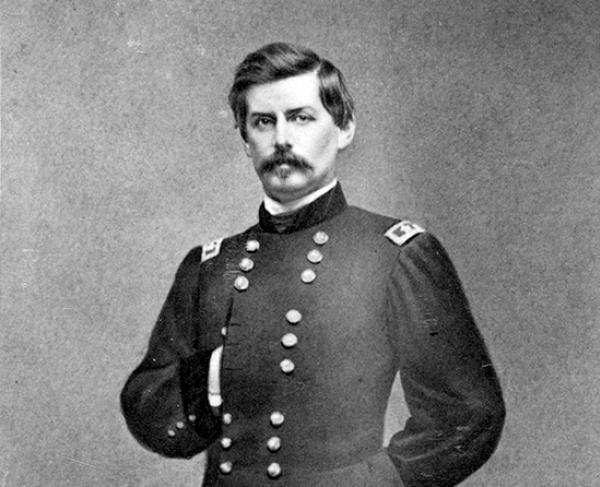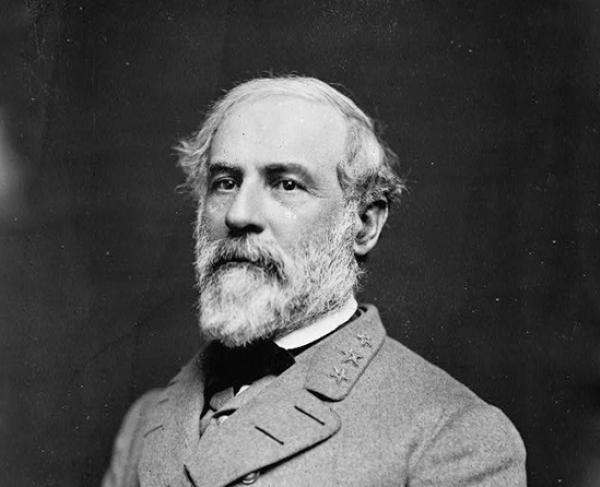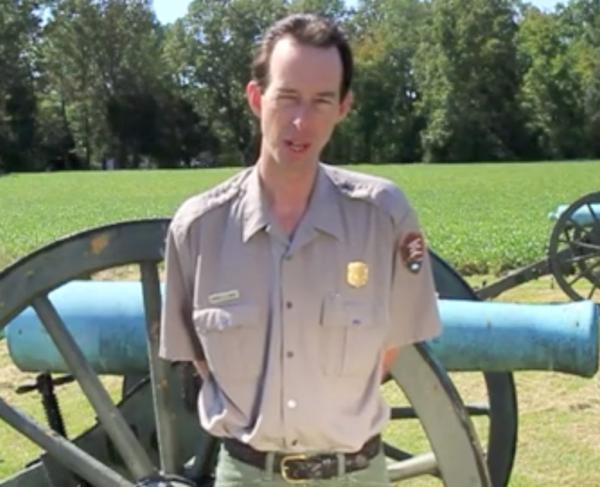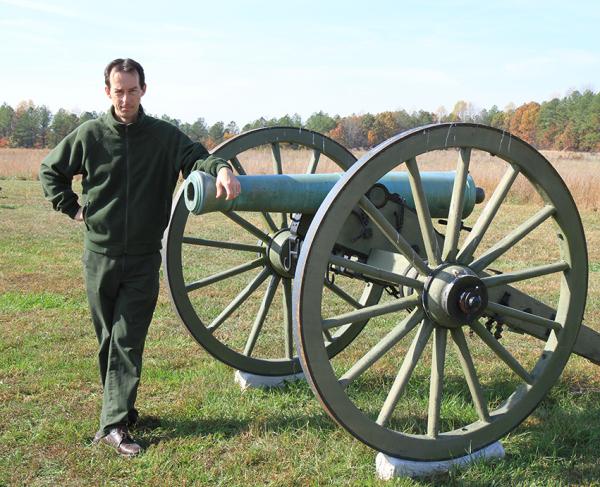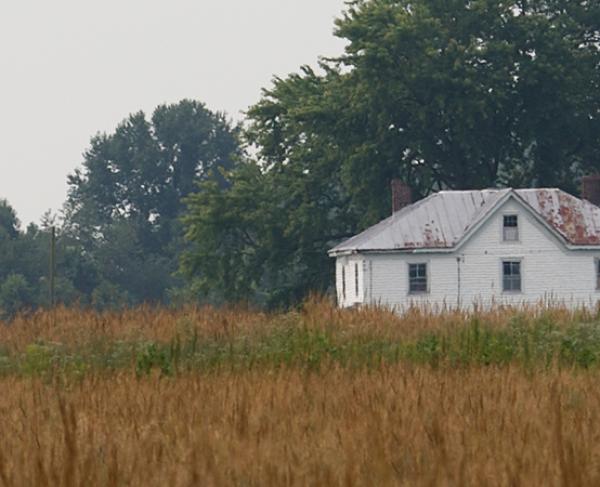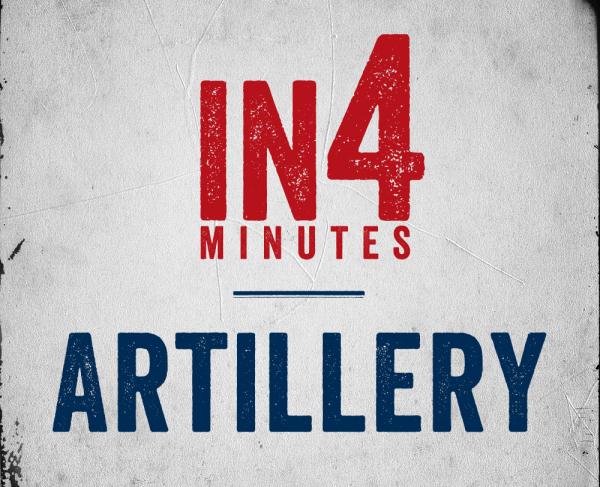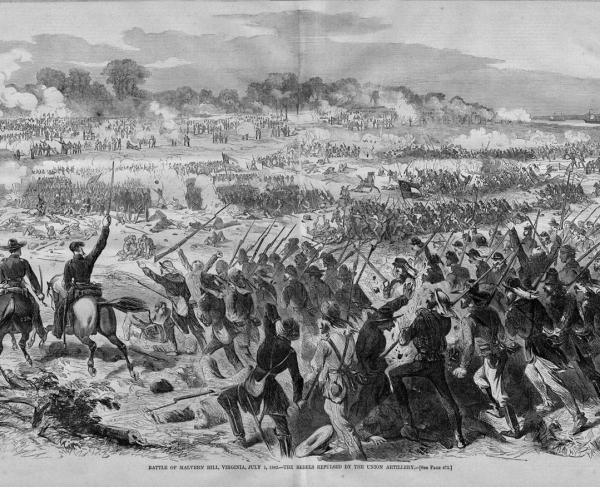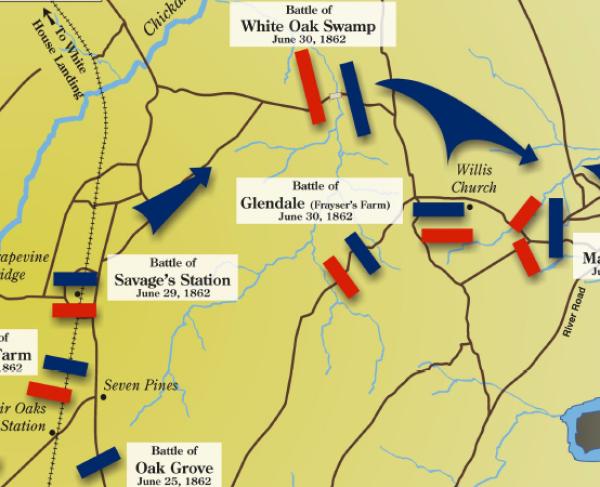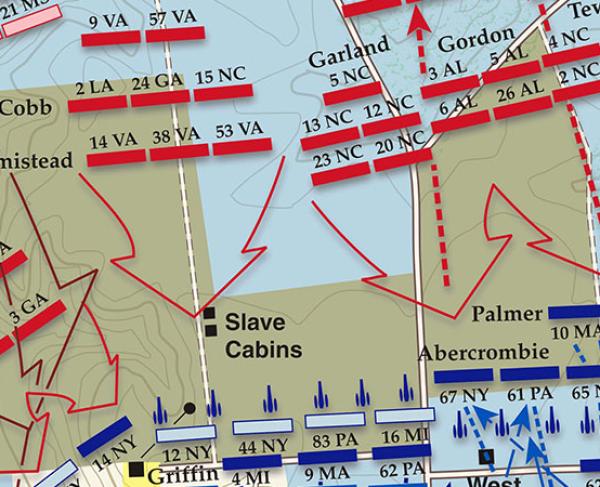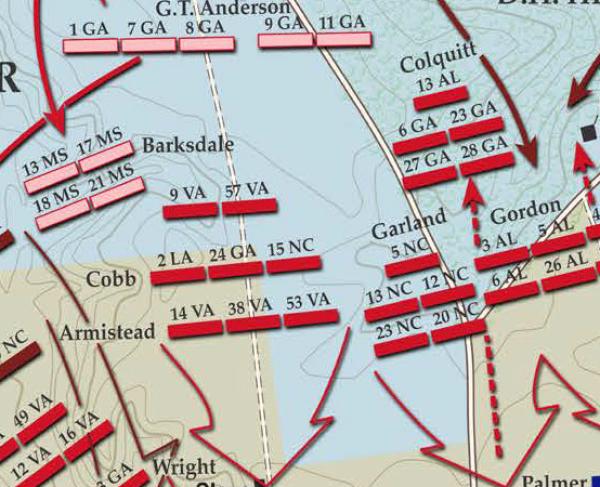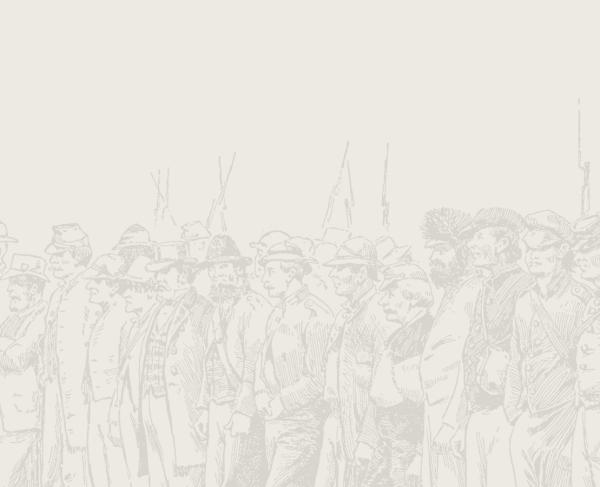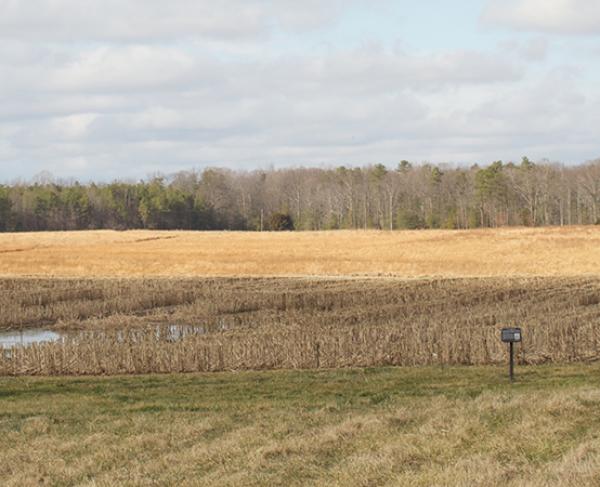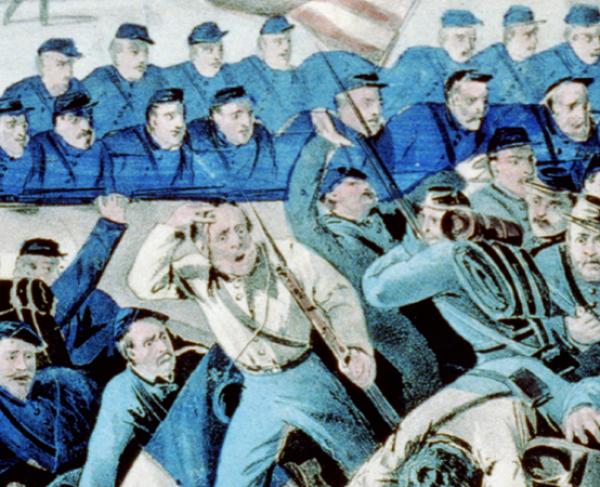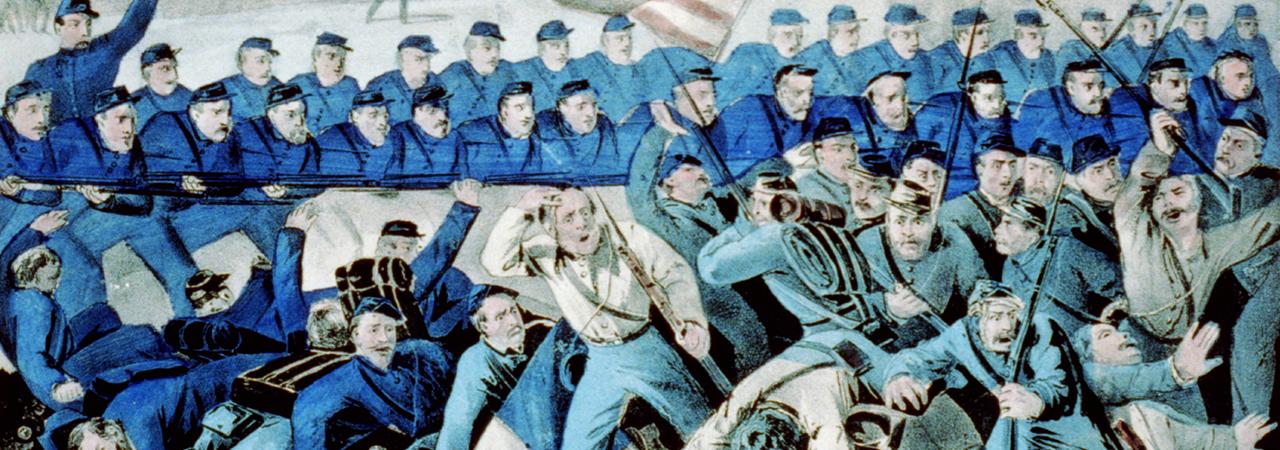
Malvern Hill
Henrico County, VA | Jul 1, 1862
After pushing back Federal forces in the Battle of Glendale the day before, Confederate General Robert E. Lee attacked Union General George B. McClellan’s army in the Battle of Malvern Hill on July 1, 1862. Though a Union victory, it brought an end to the Peninsula Campaign and the Seven Days Battles.
How It Ended
Union Victory. After launching several failed attacks, Lee, with nightfall coming on, decided to call off any further assaults, thus ending the battle. Meanwhile, McClellan chose to pull his army back towards the James River, ending the Peninsula Campaign, the Seven Days Battles, and securing the Confederate capital at Richmond.
In Context
In the spring of 1862, Union General George B. McClellan moved the Army of the Potomac up the Yorktown peninsula, intending to take Richmond, Virginia, in what became known as the Peninsula Campaign. By May, McClellan's army was on the outskirts of the Southern city, but by early June, Confederate President Jefferson Davis replaced Southern army commander Joseph Johnston with Robert E. Lee following the former’s wounding at Seven Pines. Once he took command, Lee commenced a counter-offensive to drive the Federal force back. In what would be known as the "Seven Days, Battles," Lee's army steadily drove McClellan's army from the city.
On the morning of July 1, after holding off the Confederates at Glendale the day before, McClellan placed his army on the crest of Malvern Hill, two miles north of the James River. Here, McClellan prepared to hold off Lee’s reassembled divisions before beginning his retreat southeast to his new supply base at Harrison’s Landing. Maj. Gen. Fitz John Porter’s V Corps assumed a position along the western ridge of the hill, close to the Cornelius Crew house. Along the eastern edge of the ridge on the farm of Nathaniel West were elements of the II, III, IV, and VI Corps, under Maj. Gens. Edwin Sumner, Samuel Heintzelman, Darius Couch, and William Franklin, respectively. A total of 18,000 Union infantry occupied the position, reinforced by the remainder of the army in reserve behind the hill. Brig. Gen. Henry Hunt, the Union Chief of Artillery, deployed around 40 pieces of artillery along the ridge, straddling Willis Church Road and facing west, north, and east.
That morning, Lee gathered his generals near his headquarters on Willis Church Road to discuss the possibility of a renewed assault. Frustrated by his army’s failure on the previous day to trap and crush McClellan’s army at Glendale, Lee was anxious to resume fighting and deliver one last crushing blow to the Federals before they could retreat to the James. Accordingly, Lee would commit twenty brigades under seven division commanders to the attack.
At around 1 p.m., Federal artillery opened upon the Confederate lines to their front. For over an hour, both sides engaged in a tremendous artillery duel, with the Federals gaining the upper hand. Finally, at around 3 pm, Confederate Brig. Gen. Lewis Armistead decided to attack the Federal skirmishers to his front preemptively. After driving back the skirmishers, Armistead's men realized they had advanced too far forward and thus had to move to the base of Malvern Hill, where they had to stay to get out of the artillery fire.
Meanwhile, just as Armistead's attack got underway, Maj. Gen. John B. Magruder's division arrived on the field and saw the Confederate attack. After receiving orders from Lee, Magruder soon launched his attack on the Confederate right flank and, just like Armistead, became bogged down in front of Malvern Hill. By around 6 p.m., Confederates from General Daniel H. Hill's division joined in on the attack on the Confederate center near Crew's field. And, like the rest of the Southern attacks, Hill's assault was stopped short in front of Malvern Hill.
During the final daylight hours on July 1st, Confederates under Magruder's command tried and made one last desperate assault up Malvern Hill. Due to the intense Federal artillery and rifle fire, Magruder's men were forced back to their original positions.
2,100
5,600
By nightfall, Lee finally canceled the attacks. Union artillery ceased fire around 8:30 p.m. D.H. Hill surveyed the carnage on the bloody field and remarked disgustedly, “it was not war, it was murder.” The battle had exacted around 8,000 casualties on both sides. McClellan’s Peninsula Campaign to capture the Confederate capital at Richmond was over.
Once the Federal army arrived on Malvern Hill, artillery chief Henry Hunt used the hills surrounding the area to his advantage and turned the area into an impregnable place to attack with artillery. Meanwhile, after McClellan left the area in the morning, Fitz John Porter assumed the role of de facto commander and placed the Federal troops on Malvern Hill in such a way that led to the Federals having a perfect field of fire. Because of Porter and Hunt’s expertise in laying out the Federal positions, the Union army was greatly aided in their victory.
Once John B. Magruder's attack got underway, Federal gunboats operating on the James River sailed to the growing action. Once there, the gunboats USS Jacob Bell, USS Galena, and USS Aroostook began to fire onto the battlefield. Though the shells' explosion was massive, their effect did not hinder the Confederate attack; this was due to the lack of accuracy the guns aboard the ship had and the constant movement of troops on the field. Nevertheless, the ships proved vital artillery support on the field and helped secure the Federal victory.
Malvern Hill: Featured Resources
All battles of the Peninsula Campaign
Related Battles
27,000
30,000
2,100
5,600
